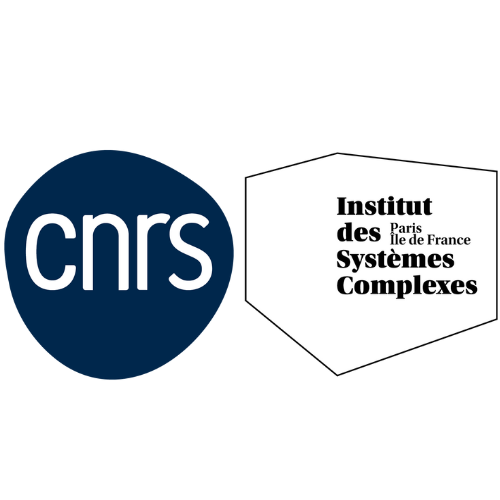Modelling T cell proliferation: Dynamics heterogeneity depending on cell differentiation, age, and genetic background
Julien Vibert, Véronique Thomas-Vaslin
Published in PLOS Computational Biology
Abstract
Cell proliferation is the common characteristic of all biological systems. The immune system insures the maintenance of body integrity on the basis of a continuous production of diversified T lymphocytes in the thymus. This involves processes of proliferation, differentiation, selection, death and migration of lymphocytes to peripheral tissues, where proliferation also occurs upon antigen recognition. Quantification of cell proliferation dynamics requires specific experimental methods and mathematical modelling. Here, we assess the impact of genetics and aging on the immune system by investigating the dynamics of proliferation of T lymphocytes across their differentiation through thymus and spleen in mice. Our investigation is based on single-cell multicolour flow cytometry analysis revealing the active incorporation of a thymidine analogue during S phase after pulse-chase-pulse experiments in vivo, versus cell DNA content. A generic mathematical model of state transition simulates through Ordinary Differential Equations (ODEs) the evolution of single cell behaviour during various durations of labelling. It allows us to fit our data, to deduce proliferation rates and estimate cell cycle durations in sub-populations. Our model is simple and flexible and is validated with other durations of pulse/chase experiments. Our results reveal that T cell proliferation is highly heterogeneous but with a specific “signature” that depends upon genetic origins, is specific to cell differentiation stages in thymus and spleen and is altered with age. In conclusion, our model allows us to infer proliferation rates and cell cycle phase durations from complex experimental 5-ethynyl-2′-deoxyuridine (EdU) data, revealing T cell proliferation heterogeneity and specific signatures.
Author summary
We assess the impact of genetics and aging on immune system dynamics by investigating the dynamics of proliferation of T lymphocytes across their differentiation through thymus and spleen in mice. Understanding cell proliferation dynamics requires specific experimental methods and mathematical modelling. Our investigation is based upon single-cell multicolour flow cytometry analysis thereby revealing the active incorporation in DNA of a thymidine analogue during S phase after pulse-chase experiments in vivo, versus cell DNA content. A generic mathematical model that simulates the evolution of single cell behaviour during the experiment allows us to fit our data, to deduce proliferation rates and mean cell cycle phase durations in sub-populations. This reveals that T cell proliferation is constrained by genetic influences, declines with age, and is specific to cell differentiation stage, revealing a specific “signature” of cell proliferation. Our model is simple and flexible and can be used with other pulse/chase experiments.


